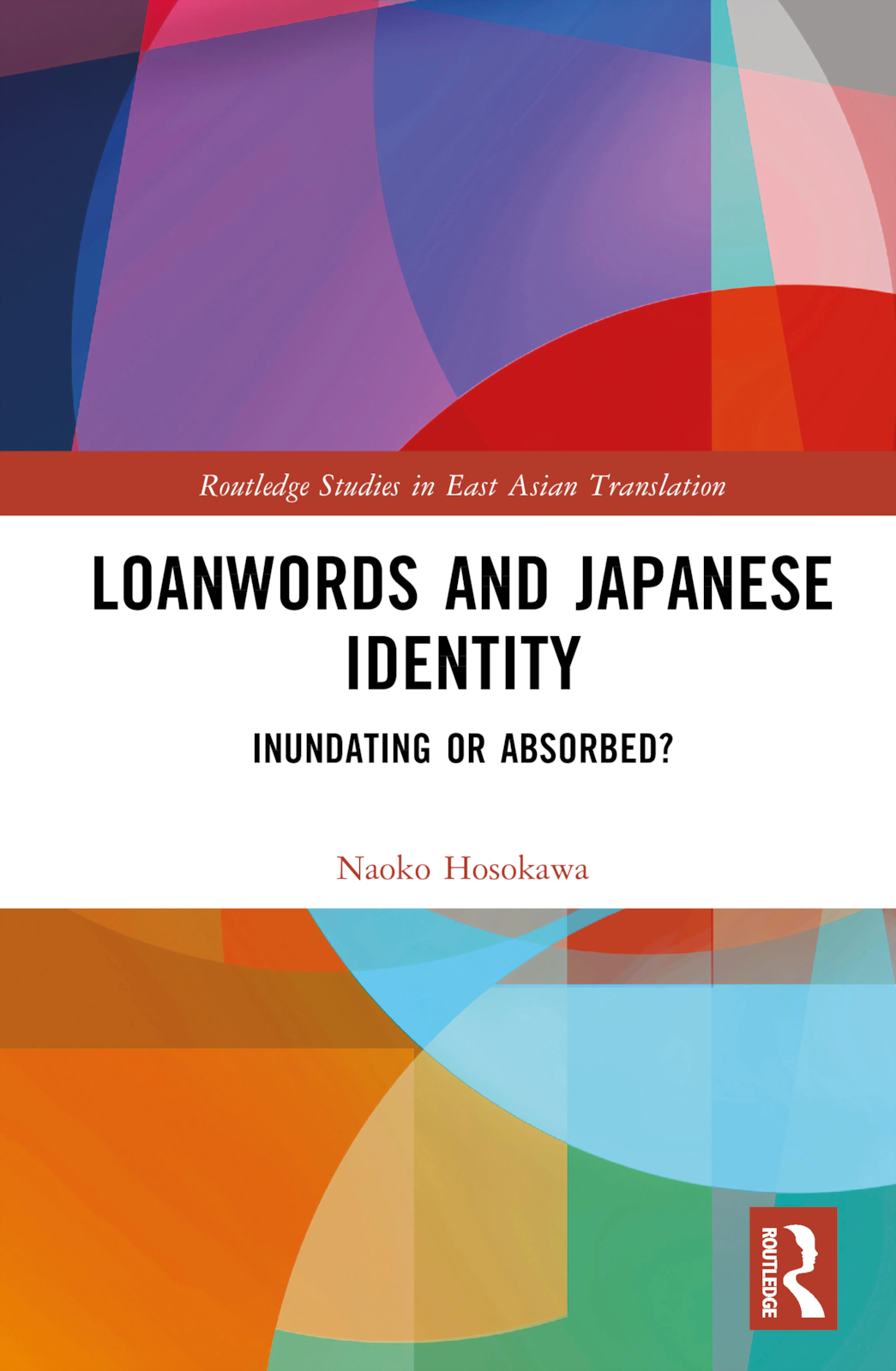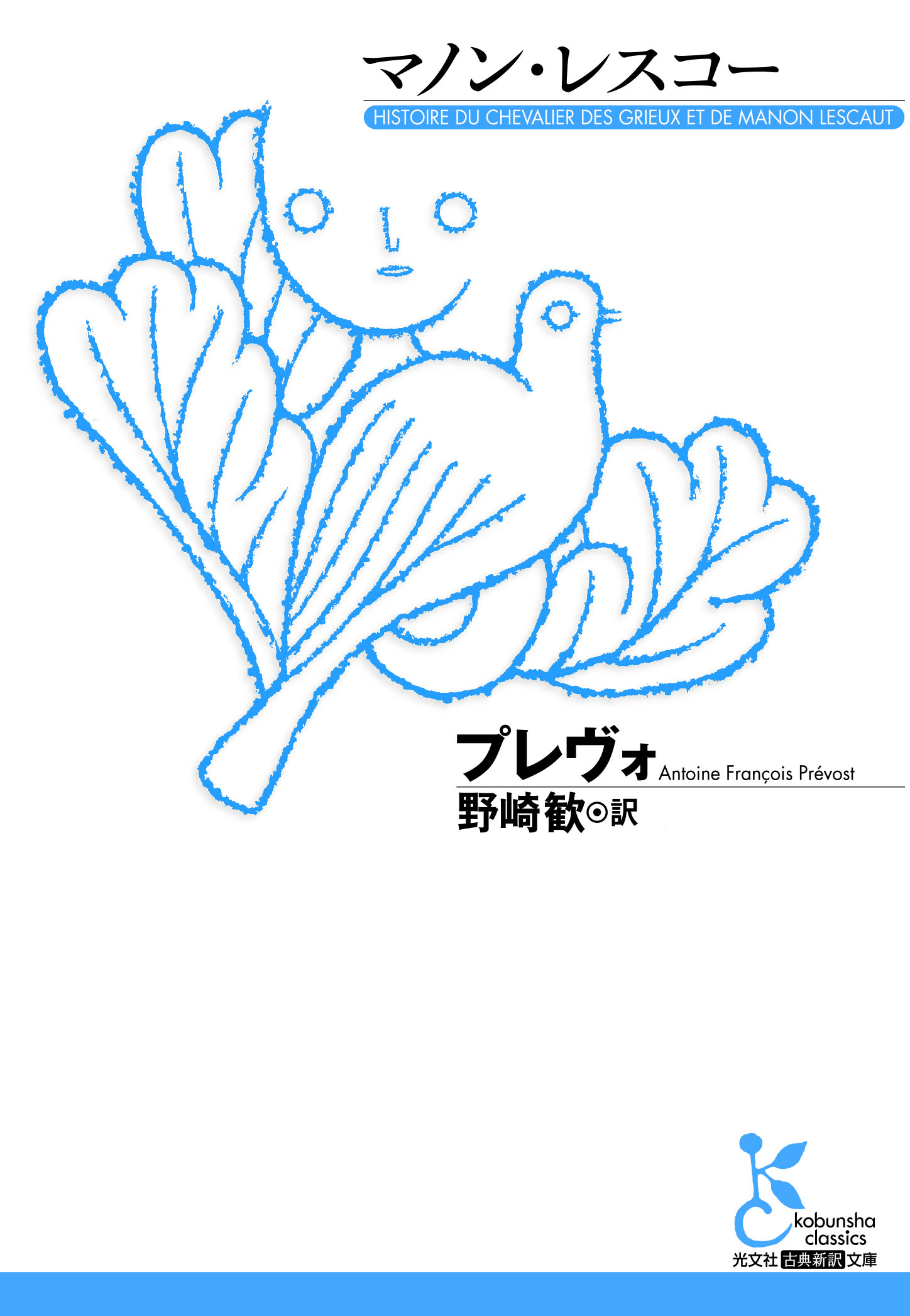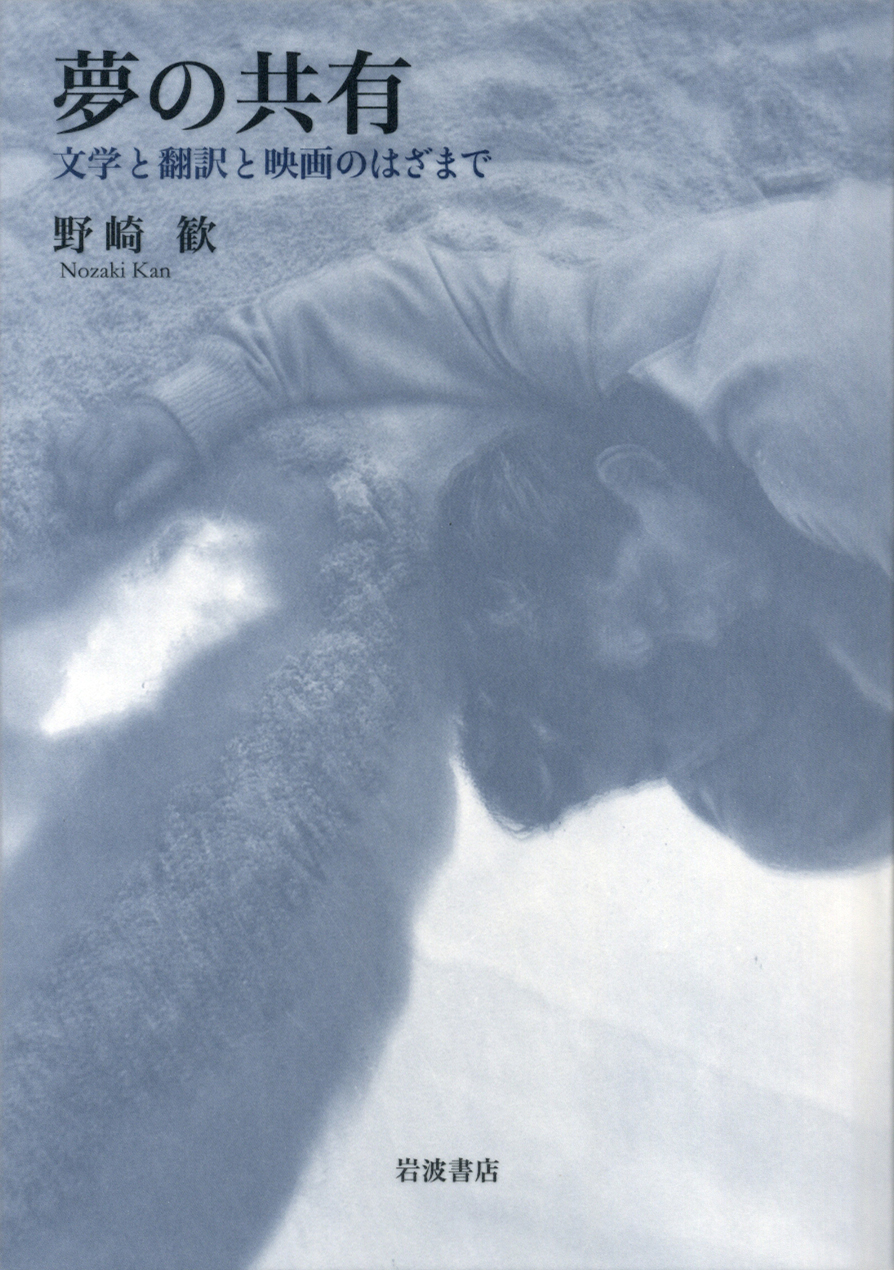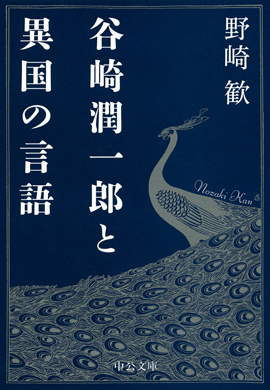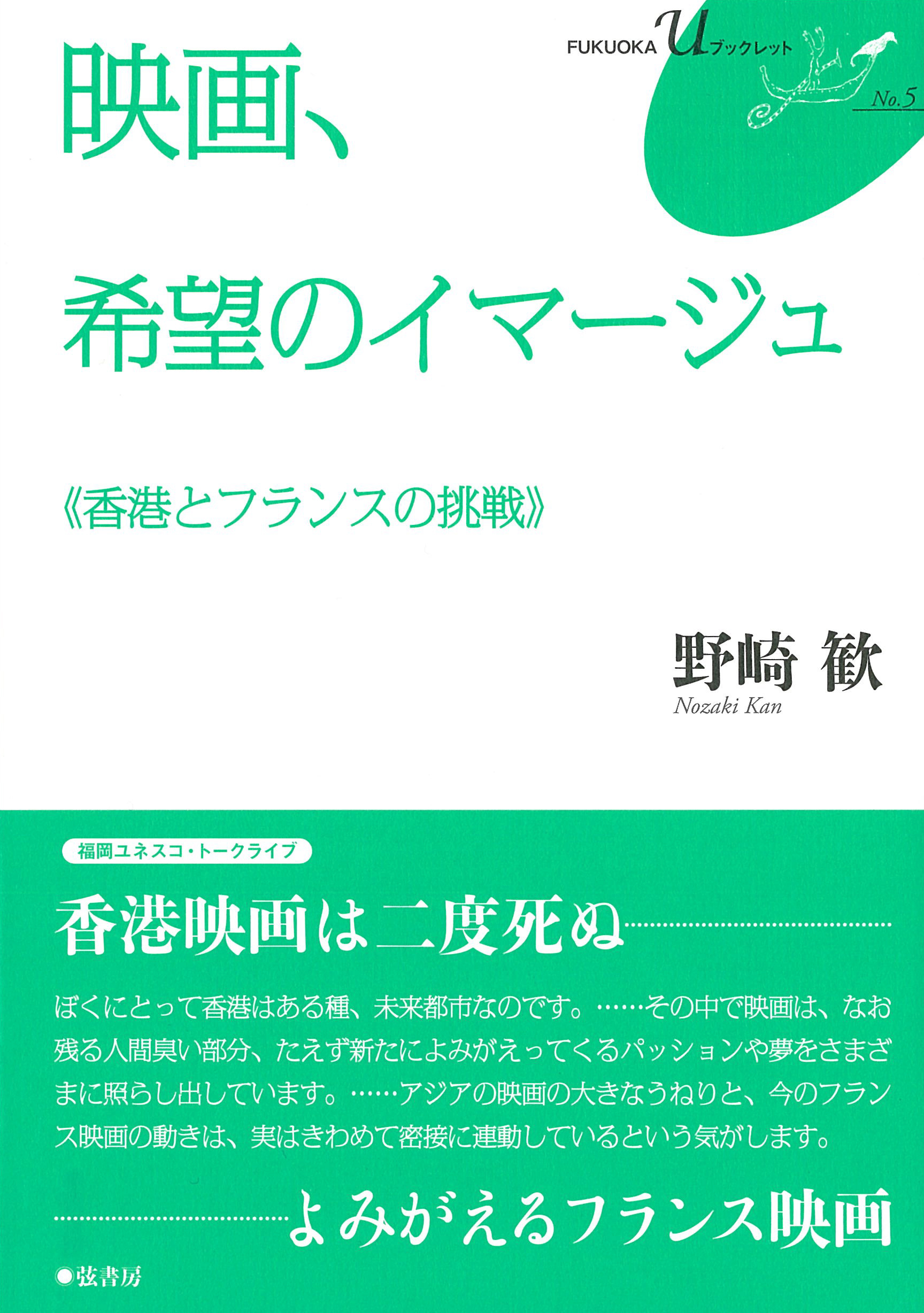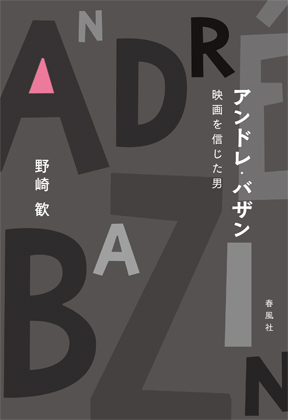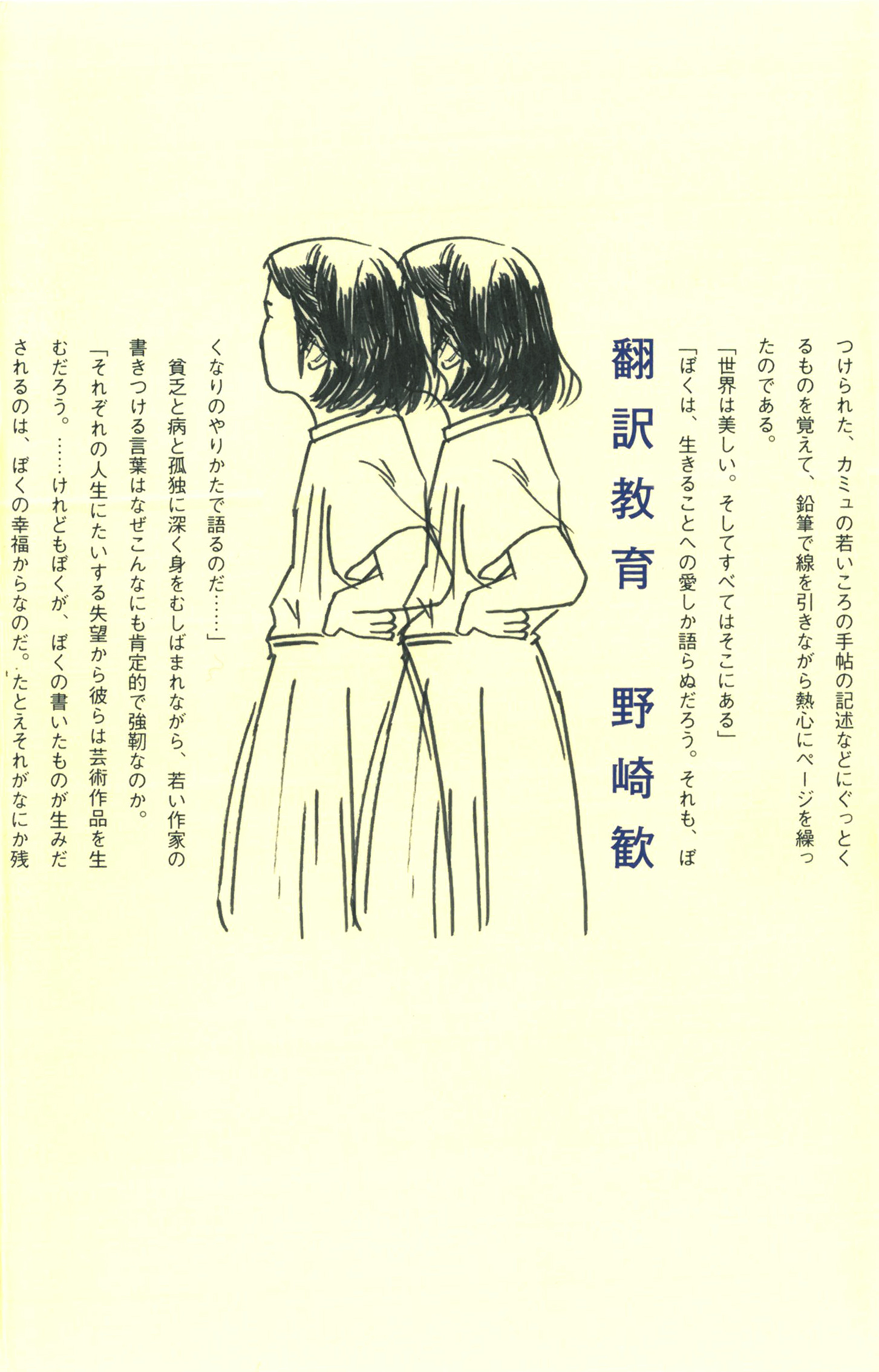
Title
Honyaku Kyoiku (Raising Translation)
Size
224 pages, 127x188mm
Language
Japanese
Released
January 30, 2014
ISBN
978-4-309-02251-2
Published by
Kawade Shobo Shinsha
Book Info
See Book Availability at Library
Japanese Page
The author previously wrote a book called Akachan Kyoiku (Bringing Up Baby) (Seidosha, 2005; Kodansha Bunko, 2008). This book, of which the author is especially fond, presents an essay illustrating the consternations of a scholar of French literature charged midlife with looking after a baby for the first time. The essay draws comparisons with the ways in which various writers and poets of the past have interacted with babies. An extension of this concept, Raising Translation portrays the tormented and agonizing routines of a translator of French literature with reference to a range of examples from Eastern and Western literature and art. In short, the book is ultimately intended to be appreciated by readers as a humorous work. However, the author’s proud background as a literary researcher translates into a covert eagerness to present a text starred with insights—though ultimately, the book may be no more than a light essay. The “special guests” who appear in the book are Ogai Mori, Gustav Mahler, Goethe, Daigaku Horiguchi, Jakob Yamada, Boris Vina, Michel Houellebecq, Jean-Philippe Toussaint, and Gérard de Nerval. I hope those of you whose interests are aroused by such names will pick up a copy to read. In particular, the book should appeal to anyone interested in the enterprise of translation (and the situation surrounding the field).
The following is an excerpt from the Preface: “Translators seek to equate themselves with writers. According to the pioneers of modern Japanese literature, this is the attitude that a translator ought to develop. Futabatei Shimei said that, when translating, ‘At all times, align yourself mentally and physically with the author,’ and ‘This is indeed a fundamental requirement for translation’ (Yo ga Honyaku Kijun [My Standards in Translation]). Mori Ogai discusses his translation of Faust, where he translated the text as it occurred in his mind, thinking, ‘If an author was to express this meaning in this situation, then how would he do so?’ This is another example of aligning oneself ‘mentally and physically with the author.’ These earnest attitudes toward the task of translation have been passed down to today’s translators through a continuous chain. (...) Though in my case, rather than equating myself with the author, it is more motivating to aspire to and identify with other translators, and I feel this is the route I have chosen. This could be a situation particular to Japan, where the translator’s existence is properly visible above the surface. When I read further into world literature collections and similar works, I became fascinated with the gurus of translation who were introduced in those works along with photographs of their faces. Many were not just translators: they also wrote literature and film reviews and published poems and novels. I envied their multifaceted interaction with literature and the arts. And then I realized that translation is a job that is most definitely open to such manifold directions. (...) As I continue to translate, several decades have passed since I embraced that belief. And as a consequence, I am now convinced that everything is located on a road that extends outwards from the act of translation.”
(Written by NOZAKI Kan, Professor, Graduate School of Humanities and Sociology / 2017)
Related Info
Keeping Your Bearings with Classical Literature | Kan Nozaki, Professor of Graduate School of Humanities and Sociology
https://www.u-tokyo.ac.jp/en/whyutokyo/voices001.html



 Find a book
Find a book


